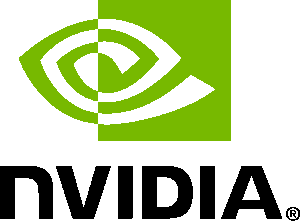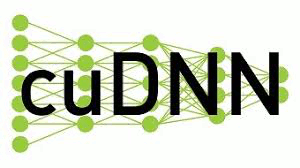When running the test script “relu_op_test.py” to verify Caffe2 installation, you may encounter this error “ImportError: No module name named hypothesis”. Let’s take a look at the content of the script to get some idea about the root cause.
from __future__ import absolute_import
from __future__ import division
from __future__ import print_function
from __future__ import unicode_literals
from caffe2.python import core
from hypothesis import given
import hypothesis.strategies as st
import caffe2.python.hypothesis_test_util as hu
import caffe2.python.mkl_test_util as mu
import numpy as np
import unittest
class TestRelu(hu.HypothesisTestCase):
@given(X=hu.tensor(),
engine=st.sampled_from(["", "CUDNN"]),
**mu.gcs)
def test_relu(self, X, gc, dc, engine):
op = core.CreateOperator("Relu", ["X"], ["Y"], engine=engine)
# go away from the origin point to avoid kink problems
X += 0.02 * np.sign(X)
X[X == 0.0] += 0.02
self.assertDeviceChecks(dc, op, [X], [0])
self.assertGradientChecks(gc, op, [X], 0, [0])
if __name__ == "__main__":
unittest.main()


